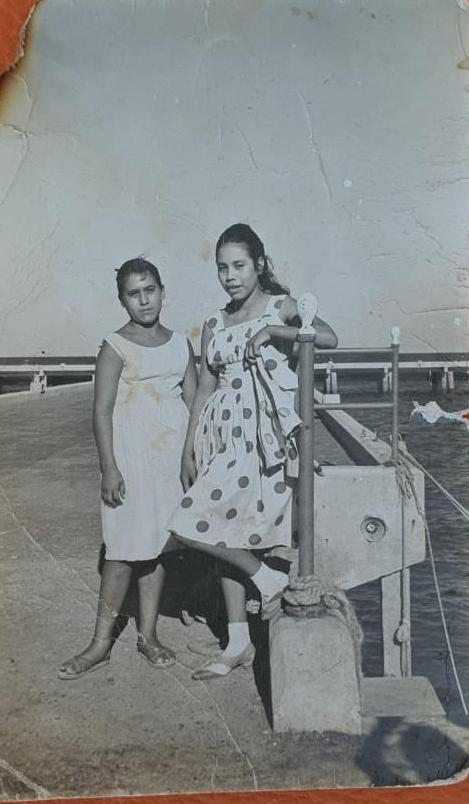Tourists arrive at the mother island's Puerto Balleto, where some of the more well-behaved prisoners used to live. (Photo: Nathaniel Janowitz for VICE News)
The rare yellow headed “Tres Marías” parrot whose variation is only found on the Islas Marias archipelago. (Photo: Nathaniel Janowitz for VICE News)
Police pose with Carlos Miralrio Mujica, center with hands folded, after recapturing one of Islas Marias few escapees. (Photo courtesy of Arturo Ortiz Mayén)
Much of Islas Marias is surrounded by jagged cliffs and shark infested water. (Photo: Nathaniel Janowitz for VICE News)
A tour to the dilapidated high security prison on Islas Marias doubles as an opportunity for AMLO's project to take sly jabs at his political nemesis. (Photo: Nathaniel Janowitz for VICE News)
Padre Trampitas grave is next to El Sapo's, a notorious mass murderer that converted to christianity on the island. (Photo: Nathaniel Janowitz for VICE News)
The island's museum portrays images of Pancho Valentino (L), a wrestler imprisoned for murder, and El Sapo (R), one of Mexico's most infamous mass killers. (Photo: Nathaniel Janowitz for VICE News)
A family member of Hotencia Bejar takes a photo of her on the penal colony that she grew up on. (Photo: Nathaniel Janowitz for VICE News)

